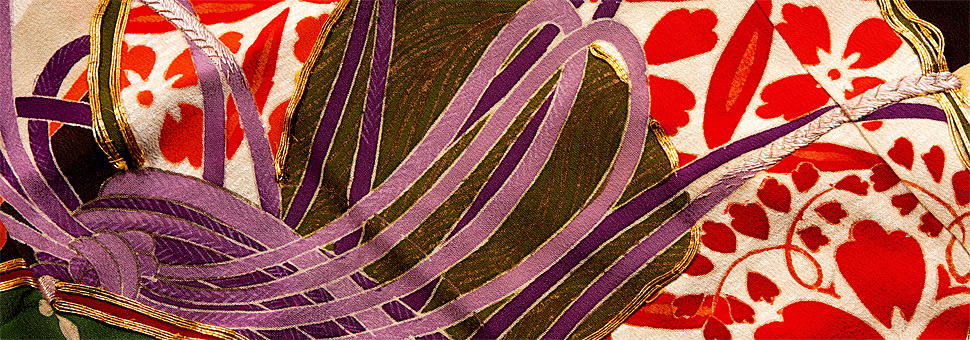On Thursday, 21st May, 2020, Gillian Vogelsang wrote:
At a time that the corona crisis is still spreading, more and more people are talking about sustainability, about the re-use of garments, and they are also wondering what will happen if this or that material is no longer widely available.

Two years ago the TRC was given a group of objects that shows what actually happened following an acute shortage of cotton in Indonesia. During the Second World War (1939-1945) and more particularly during the Japanese occupation of Indonesia, there was very little cotton left in the country for the local men and women, as vast quantities of cotton were needed for Japanese military use. So some people on the Indonesian island of Sulawesi started to make traditional-style garments (blouses, sarongs, etc) from bark bast cloth, especially bast from the Sago Palm tree (Cycas revoluta).
Bark bast is removed from the inside of the bark, soaked in water and then beaten with wooden mallets until a cohesive sheet is created. The sheets are then allowed to dry. To make larger sheets a natural gum or glue is used to stick pieces together.

The garments donated to the TRC were made out of large sheets of tree bast that were cut to shape and then painted with local dyes. The TRC Leiden was given four items, a sarong (TRC 2018.0040), a rectangular piece (TRC 2018.0041), a wrap-over jacket (TRC 2018.0042), and a round sheet (TRC 2018.0043). All of these pieces are decorated with floral and geometric patterns.
The garments were collected by C.P. van Strien, a Dutch official in Kolonodale, who was appointed in c. 1945. They were given to the TRC in Leiden by the Van Strien family in 2018.










